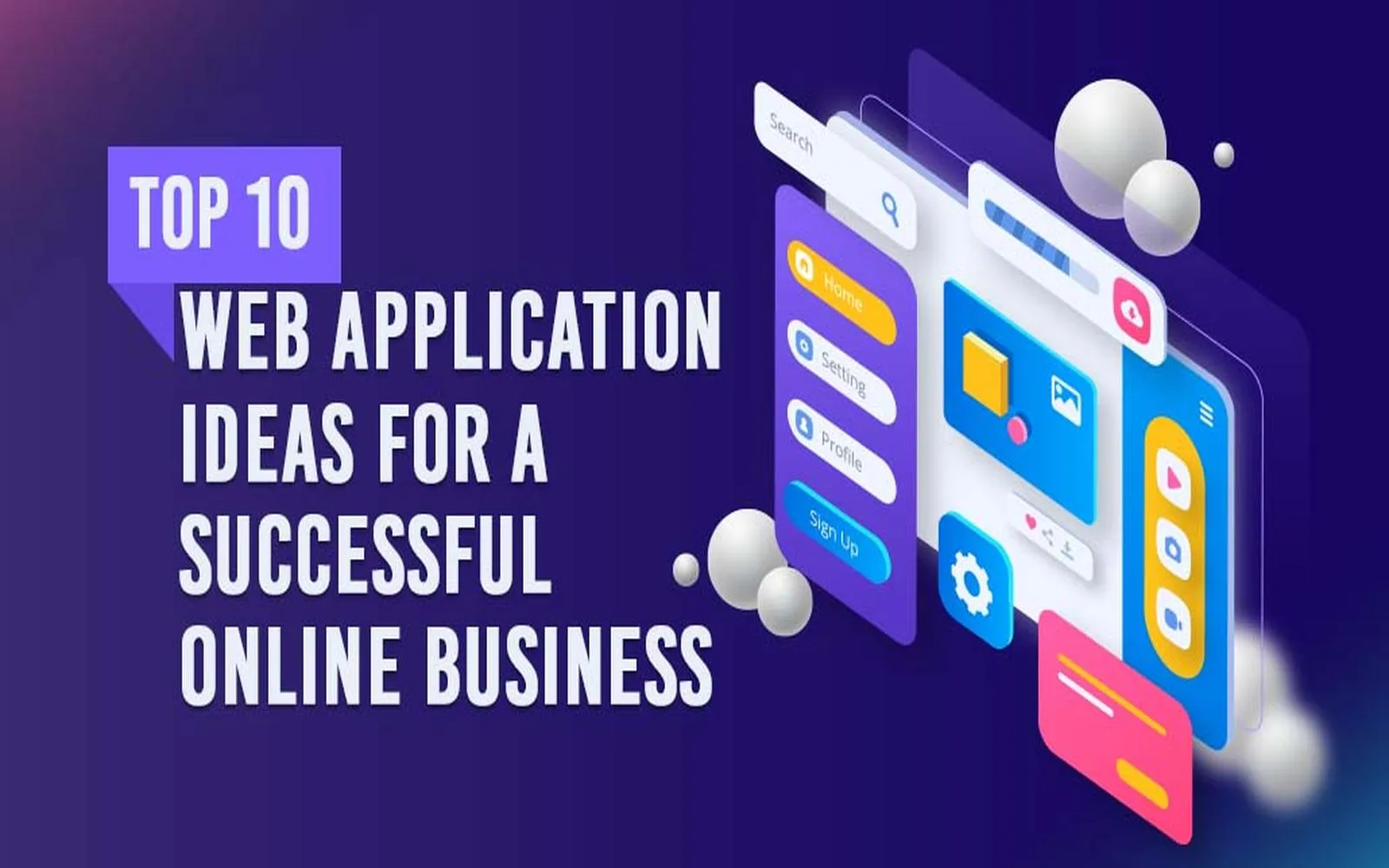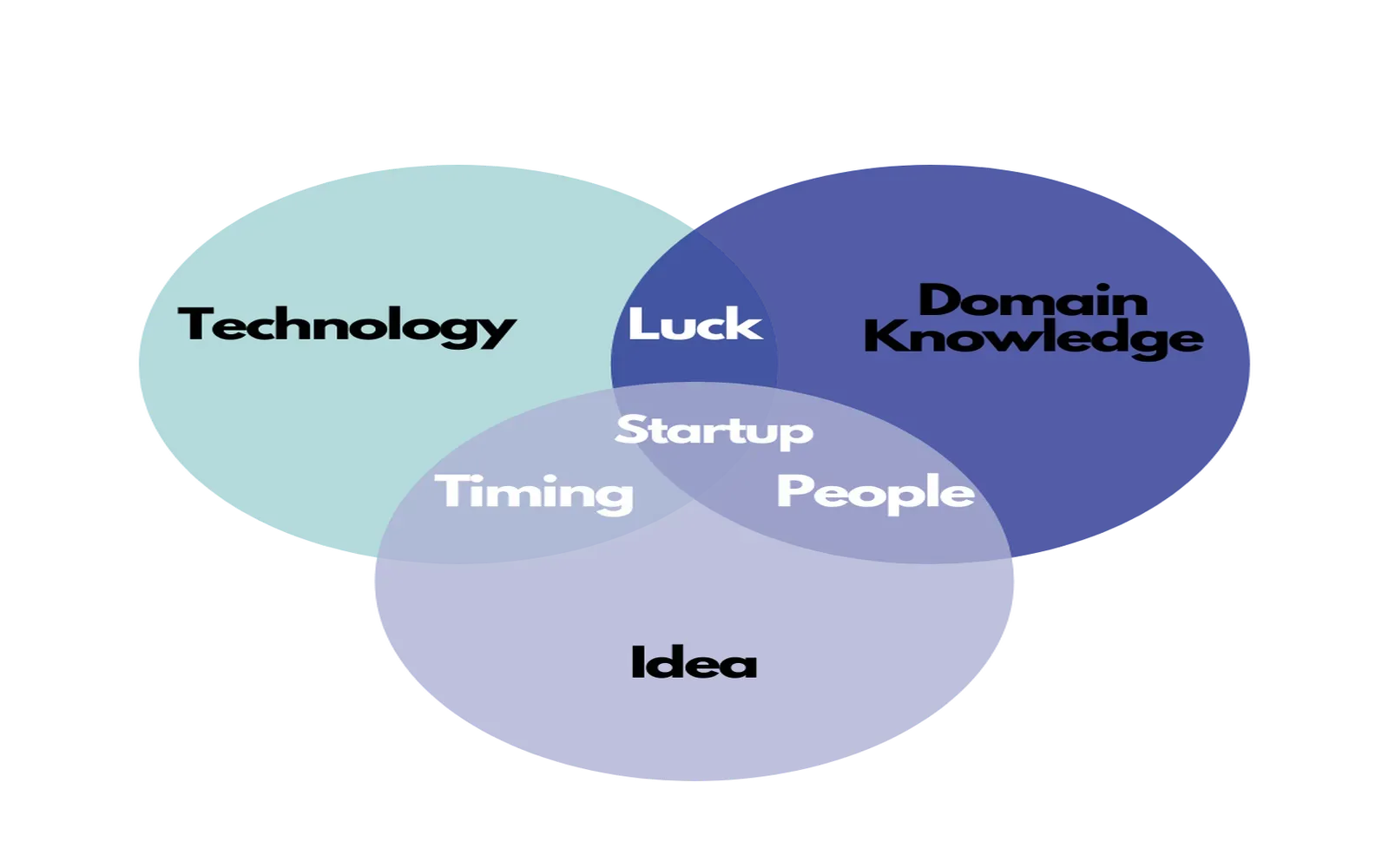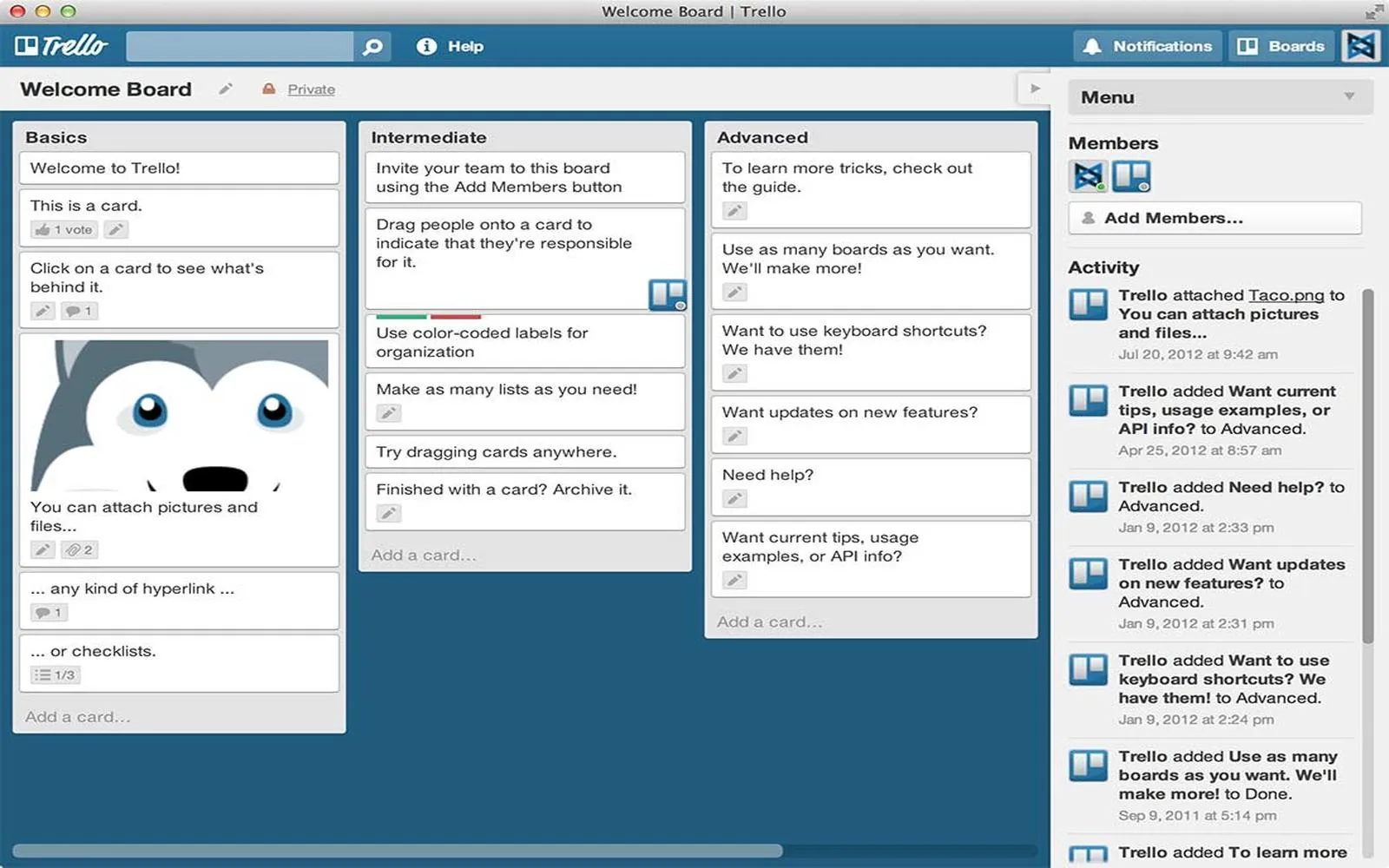Onboarding remote employees can be a challenging process, but with the right strategies in place, it can also be an incredibly rewarding experience. This guide will provide you with essential steps and best practices to ensure a smooth onboarding process for your remote team members. Here, we will focus on key elements that enhance engagement and productivity, making your onboarding process more effective.
Understanding the Importance of Onboarding
Effective onboarding is crucial for remote employees as it helps them integrate into the company culture, understand their roles, and feel connected to their teams. In fact, a well-structured onboarding process can significantly improve employee retention rates and job satisfaction. Research shows that organizations with effective onboarding processes improve new hire retention by 82% and productivity by over 70%.
Pre-Onboarding Preparation
Before your new remote employee starts, it’s essential to prepare meticulously. This includes sending them all necessary materials and setting up their accounts and tools. Here’s a simple checklist to help you:
| Task | Status |
|---|---|
| Send welcome email | Pending |
| Set up company accounts (email, Slack, etc.) | Pending |
| Provide access to necessary software and tools | Pending |
| Prepare onboarding materials and documentation | Pending |
| Schedule introduction meetings | Pending |
By ensuring that these tasks are completed, you create a welcoming atmosphere that helps new remote employees settle in quickly.
Creating a Comprehensive Onboarding Plan
Having a structured onboarding plan is essential for remote employees. This plan should include the following elements:
- Orientation Sessions: Schedule virtual meetings to introduce your company, its mission, and values.
- Role-Specific Training: Provide training tailored to the new employee’s specific job responsibilities.
- Mentorship Programs: Assigning a mentor can help new hires feel supported and answer any questions they may have.
- Regular Check-Ins: Schedule weekly or bi-weekly one-on-ones to discuss progress and address any challenges.
Utilizing Technology for Remote Onboarding
Technology plays a vital role in the onboarding experience for remote employees. Here are some tools and platforms that can enhance the process:
- Video Conferencing Tools: Platforms like Zoom or Microsoft Teams facilitate face-to-face interactions, making introductions more personal.
- Collaboration Tools: Tools such as Trello or Asana help manage tasks and projects, keeping everyone aligned.
- HR Software: Utilizing HR platforms like BambooHR or Gusto can streamline paperwork and compliance tasks.
- Knowledge Sharing Platforms: Using platforms such as Confluence or Notion helps in sharing documentation and resources easily.
Fostering Engagement and Connection
When employees work remotely, it can be easy for them to feel isolated. To combat this, consider implementing the following strategies:
- Virtual Team Building Activities: Organize online games, quizzes, or coffee chats to encourage social interaction.
- Recognition Programs: Acknowledge achievements and milestones to make employees feel valued.
- Feedback Mechanisms: Encourage open communication and feedback to improve the onboarding experience continually.
Measuring Onboarding Success
To understand how effective your onboarding process is, it’s vital to measure its success. Here are key performance indicators (KPIs) to consider:
| KPI | Description |
|---|---|
| Time to Productivity | How long it takes for new hires to reach full productivity. |
| Employee Retention Rate | The percentage of new hires who stay with the company after one year. |
| Employee Satisfaction Scores | Feedback from new hires regarding their onboarding experience. |
By regularly assessing these metrics, you can refine your onboarding process and ensure it meets the needs of your remote employees.
Conclusion
Onboarding remote employees requires thoughtful planning and execution. By following the guidelines outlined in this article, you can create a welcoming, engaging, and structured onboarding experience that sets your new hires up for success. Remember, the goal is to help them feel connected to your company and empowered in their roles. With the right approach, you can turn onboarding into a powerful tool for talent retention and engagement.





